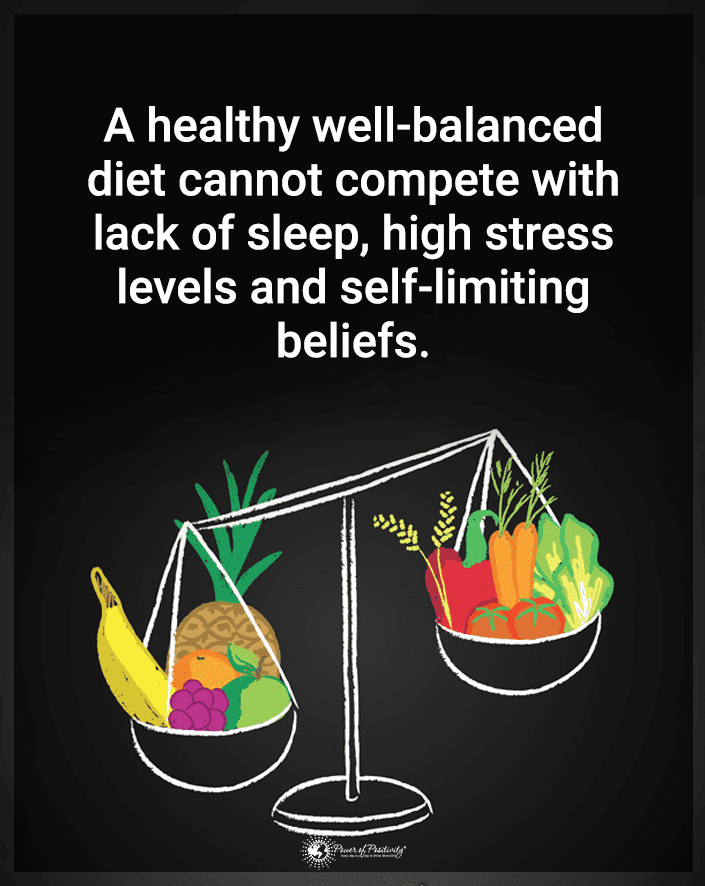You usually awaken refreshed and smiling when you’ve slept soundly through the night. Your pleasant mood may last all day, and you tend to be more optimistic. The good news is that there are several things you can do to start your morning on a positive note.
How you prepare the night before will often set the mood for the next morning. Reviewing your next day’s schedule and preparing in advance, you won’t feel rushed when you awaken. Also, nightly self-care rituals like leisurely baths and beauty treatments prepare you for a restful sleep.
Fifteen Tips to Wake Up Smiling and Feel More Positive
Do you want to discover ways to awaken on the right side of the bed and be more positive during the day? It can be as easy as changing or adding a few tasks to your evening rituals. Try these helpful tips to boost your morning mood and have it last throughout the day.

1. Recall Your Dreams
Although you may not recall your nightly dreams, you still have them. An article published by the International Association for the Study of Dreams explains that everyone dreams. Your dreams are more vivid during periods of rapid eye movement, or REM, states the article.
Many cultures and religious traditions believe that dreams are your body’s way of understanding what’s happening in your life. Consider keeping a pen and paper on your nightstand to record your dreams. You can write them down at night or as soon as you awaken in the morning.
Tracking your dreams may be a way to peer into your subconscious and discover clues about things that bother you. Reviewing your dream journal may be a tool for finding solutions and making you feel better. You’ll spend more mornings smiling and being optimistic during your days.
2. Exercise to Start the Day Smiling
If you need another benefit of exercise, consider that it may kick off your mornings on a happier note. Plus, stretching and warming up your muscles can mean less stiffness and joint pain during the day. Even taking just fifteen to twenty minutes for a morning walk can make a noticeable difference.
Plan your morning exercise regimen early so it doesn’t cut your time short for other daily chores. Exercising encourages your brain to release endorphins, often called the “feel good” hormones. You’re strengthening and toning your muscles while smiling the whole time.
3. Start Smiling When You Leave The Phone Away From the Nightstand
Although it’s difficult to believe, humans have existed fine for thousands of years without cellphones, computers, and other technology. If you’re like most folks, the first thing you do when the morning alarm sounds is to grab your phone. Of course, you may need to check for emergency messages or missed calls, but the non-essentials can wait.
Why start your day with emails, spam, and endless social media drama? Plus, it wastes time you could spend doing something more productive. Make your loved one smile instead of scrolling on your phone and marking comments with smiling emoticons.
4. Meditate to Be Positive Throughout the Day
Remember those particular hormones called endorphins that increase your feeling of well-being? You can also boost them when you practice meditation. If you set aside a few minutes each morning to meditate, you’ll be more centered and have greater clarity throughout the day.
Sitting alone with your thoughts can also reduce your stress levels. Less stress means you’ll have more energy and be more optimistic. The boost in your mood can help you stay smiling instead of frowning.
5. Count Your Blessings
Even though you have problems in your life, you still have many blessings. Try making a list of the things you’re grateful for each morning. Think of your family, friends, pets, home, job, and everything that brings joy to your life. A thankful heart and a smiling face tell the world you are truly blessed.
6. Relax with a Cup of Tea or Coffee
Perhaps nothing makes your morning more pleasant than freshly brewed coffee. Maybe you prefer to read the morning paper with a cup of tea. Neither is inspiring if you must gulp them down in a big hurry.
Be kind and awaken early enough to sip your favorite beverage more leisurely. You can set your electric brewer to start a few minutes before your alarm clock buzzes. You could also treat yourself to a treat in your local coffee shop.
Are you trying to cut down or eliminate caffeine in your diet? Why not enjoy a refreshing cup of decaf coffee or herbal tea? Choose herbal teas that can help lower your stress and improve your mood.
7. Eat a Healthy Breakfast
How often have you rushed out the door with nothing but a cup of java in the morning? Your parents encouraged you to eat a balanced breakfast for a good reason. An article published by The University of Michigan explains that it helps your body perform best.
Give yourself fifteen to twenty minutes to enjoy breakfast with your family in the morning. Choose lean proteins, whole grains, fruit, and healthy fats. The Internet is a treasure trove of quick and easy recipes that you can prepare in advance for a nutritious breakfast.

8. Write in Your Journal
Think of your journal as a close friend with whom you can confide your deepest thoughts and dreams. Journal writing has many benefits, from improving your mood to minimizing stress. It only takes a few minutes to jot down your ideas and goals for each new day.
It can be a part of your morning meditation practice. When you sit down with your journal in the evenings, you can compare your thoughts and feelings. Not only can journaling give voice to your emotions, but it can enhance your creativity.
9. Try Deep Breathing Exercises
Before you get out of bed in the morning, take a few deep, cleansing breaths. Inhale deeply through your nostrils, hold for a few seconds, then gently exhale through your lips. Notice how it almost instantly soothes you and puts you in a positive mind.
10. Play with Your Pet
Pets are one of the greatest gifts humans can ever have. They love you unconditionally and bring abundant joy to your life. There’s nothing like being greeted in the morning with warm affection from your furry friend to raise your optimistic outlook on the day.
Caring for an animal friend can give your life more purpose and improve your mental health. Spending time with them in the morning can keep you smiling at their playful antics. Pets are a beautiful example of living in the moment and finding joy in minor things.
11. Listen to a Positive Thinking Audiobook or Podcast
Listen to an inspiring audiobook or podcast instead of weighing yourself down with the doom and gloom of morning newscasts. Listening to something uplifting while doing morning exercises or chores is fun. Maybe you can learn a new language or gain some valuable knowledge.
12. Soak Up Some Rays to Stay Smiling All Day
It’s so refreshing to awaken to the sunshine, smiling through your curtains. Did you know your body uses sunlight to make Vitamin D and improve your mood? Try to get a healthy dose of sunshine in the mornings and watch it brighten your day.
13. Stop Worrisome Thoughts in Their Tracks
It’s only human to worry about situations in your life, even before they happen. However, fretting and worrying can lead to anxiety, depression, and other mental health issues. It can increase negative energy and make you feel like you’re carrying the world’s weight.
Meditation and journaling can help you deal with your thoughts so you worry less. When you minimize your worries, it boosts your positive side and enhances your overall well-being. You’ll spend less time fussing and more time living.
14. Don’t Oversleep
There’s nothing more tempting than to sleep in on the weekends and on your days off. Maybe you run a sleep deficit all week and are ready to crash on the weekends. While you deserve an occasional late morning, making it a habit can work against you.
Most people feel better when they go to bed at night and awake in the morning at the same time every day. It keeps your circadian rhythm balanced as well as your energy levels. You’re less likely to be sleep-deprived when you practice healthy sleep habits.
15. Wake Up Smiling if Your Bedroom is Clean and Organized
Have you ever noticed that your moods can be affected by your surroundings? If your bedroom looks like a tornado hit it, and clutter is everywhere, you feel stressed and restless. You try to fall asleep, but you can only feel guilty about not being awake and cleaning.
Conversely, a clean and organized bedroom becomes a private haven of rest. Make a habit of cleaning your room and making your bed every day. You’ll sleep better at night and greet the morning in the comfort of a lovely boudoir.
Final Thoughts on Waking Up Smiling and Positive
How you spend your first waking moments can set the pace for the rest of your day. When you are proactive and prepare the night before, it makes a big difference. You may never be a morning person, but following these hints can keep your optimistic levels high and you smiling.


















